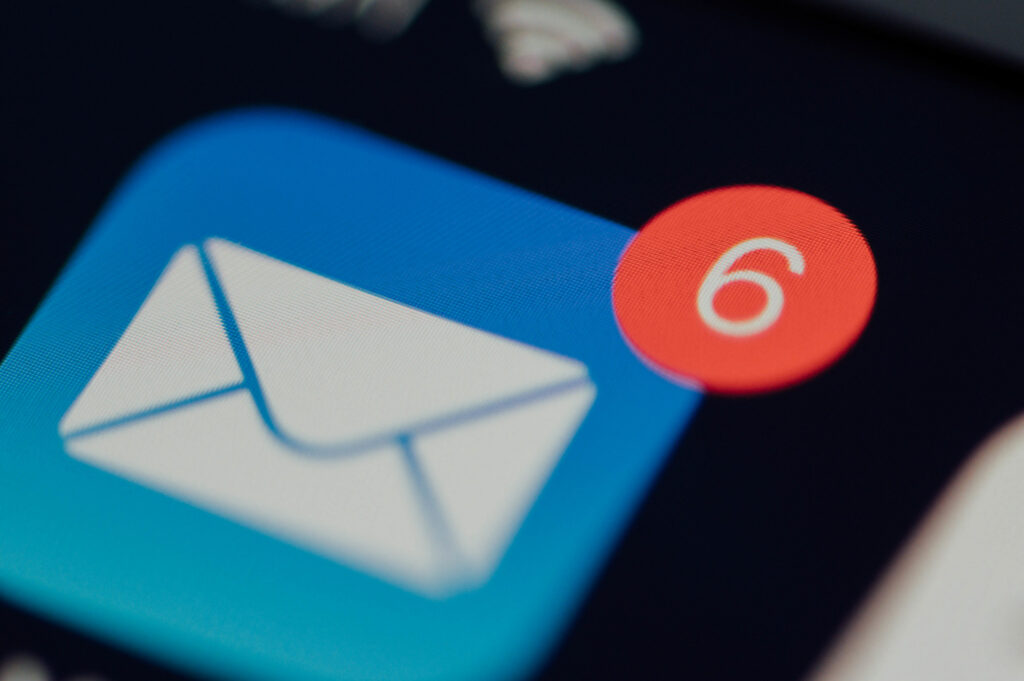Cold Email Campaigns That Don’t Suck (And Actually Get Replies)

Start by ditching the spray-and-pray mindset. Personalization is the baseline. Emails that use custom subject lines and reference a recipient’s role or company see a 26% higher open rate and up to 30% more replies. If you’re sending cold emails without context, you’re wasting time. Use LinkedIn, company news, or recent posts to tailor your message. A personalized hook makes the difference between landing in the inbox and going straight to spam. It also builds trust, and trust gets replies.
Timing matters too. Cold email stats consistently show that Tuesday through Thursday mornings deliver the best open rates. Want replies? Try between 5–8 AM or 1–4 PM in your recipient’s time zone. Tools like Lemlist and Apollo make scheduling a breeze, but always test what works for your specific audience. Don’t just send when it’s convenient—send when it’s strategic.
Focus on Value, Not Volume
- Your subject line is your first impression—make it count. Keep it under 50 characters, make it intriguing, and include something personal if you can. It’s not “Quick Question” anymore—it’s “SaaS growth idea for [First Name]” or “Noticed your post on [Topic]”.
- The preview text should hint at value, not just restate the subject. Once opened, your first two lines need to work hard. Lead with a pain point they care about and show you’ve done your homework.
- Then, get to the point. A clear call-to-action (CTA) like “Mind if I send you a 2-min video?” beats a vague request for time.
- Now let’s talk follow-ups. If you’re only sending one email, you’re missing out—majorly. Most replies come after the second or third message. Smart follow-up sequences increase response rates by 2–3x. But don’t just nudge—add value. Share a quick testimonial, a resource they’d find useful, or a shorter restatement of your ask. Space your follow-ups 3–7 days apart. That way, you stay top of mind without being annoying.
- Keep your campaigns small and focused. High-volume blasts kill deliverability. Experts recommend capping at 50–200 emails per day per domain. Start small. Personalize deeply.
- Use segmentation to break down your list by industry, title, or pain point. Warm up new domains slowly. A tight, high-quality list always outperforms a giant, generic one.
Also, the technical side matters more than most founders realize. Configure SPF, DKIM, and DMARC records to reduce spam flags. Add a custom tracking domain and avoid using too many links or attachments. These steps can improve deliverability by up to 50%. You might have the best message in the world—but if it lands in junk, no one sees it.
Test, Tweak, and Scale (Without Losing the Human Touch)
Want to know what’s working? Track everything. Open rates, click-throughs, reply rates, bounce rates—this data is your guide. If no one’s opening, test your subject lines. If opens are high but replies are low, revisit your CTA. A/B test intro lines, questions, even signature formats. The smallest change can double results. And over time, those compounding gains fuel real growth.
Templates are great for speed, but don’t rely on them blindly. Use modular templates that let you swap in customized lines for each persona or segment. One effective structure: a compelling intro, 1–2 value sentences, and a CTA. Just don’t skip the personalization—referencing a recent podcast, blog post, or mutual connection makes your email feel human, not canned. As Copy.ai’s Cold Email Best Practices Guide 2025 explains, relevance beyond just first names is what gets responses.
Once your message is solid and your systems are dialed in, you can scale—but carefully. Tools like Lemlist, Saleshandy, and Apollo help you automate sequences, track performance, and integrate with your CRM. But here’s the rule: automate the system, not the soul. Always preview emails before they go out. Mistakes in merge tags or awkward personalizations ruin credibility fast.
At FoundersMax, we help startups build smart outreach systems that mix personalization with automation—so your emails don’t just land, they convert. The right message to the right person, at the right time, is still magic. And with structure, testing, and the right tools, you can turn cold emails into warm conversations—and real business.


